The monastery of Deir Mar Mussa is located 50 miles away from Damascus, a third of the road is through the desert. I can tell you the landscape is stunning, because the desert never ever disappoints you. If there is one awesome thing about it, it’s that it is in constant change, it is always different from the previous day and from the following one. You will never find the same scenery twice in the desert.
As you approach the valley where the monastery hides you can’t really see much, other than an orange mountain. Once you go around it, on the other side of it, you suddenly discover two tiny buildings on top of the mountain. These are the monastery and the chapel.


But to reach them you need to climb 344 steps literally carved in the mountain itself. In a hot day such as when I visited it (around 120F) the ascension is tough, but my motivational technique was to assume that it would be much harsher to do it in the winter with snow on the steps.
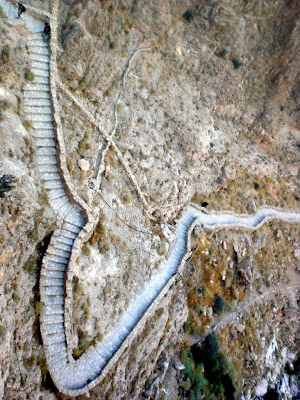
The whole valley and surrounding areas have been inhabited since prehistory by hunters and shepherds. Christian hermits have used the neighboring caves for meditation for centuries, and this is actually how the first monastic center was created.
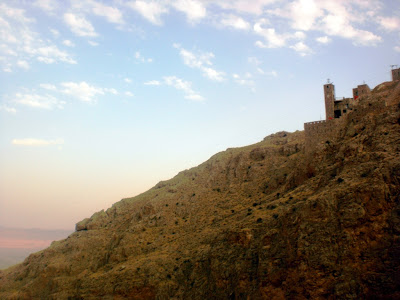
Actually, legend has it that the founder of this place was actually Saint Moses, son of an Ethiopian king. Saint Moses wasn’t interested in inheriting his father’s crown or the honors that came with it, and decided to give himself to God. He emigrated to Egypt, then to Holy Land, and he ended up in Syria as a hermit in the valley of what is today the monastery.
In 1058 the tiny church (30ft x 30ft) was built. Today we can still admire gorgeous frescoes dating from the 11th and 12th centuries. Later on the monastery was built.
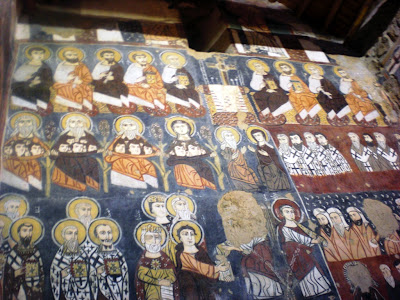

Sadly the place was abandoned in the 19th century, but in the 20th it was decided to both renovate it, and to start using the complex again. The monastery is today inhabited by monks and thus cannot be visited; however the church is open for several daily masses. Nevertheless it admits non-Christian visitors as the centre strongly promotes and encourages Islamic-Christian dialogue.

Getting to the top of the mountain is definitely difficult and it requires a big effort, but the views from the balcony next to the small chapel, as well as the frescoes in it, are worth the effort of climbing every single step.
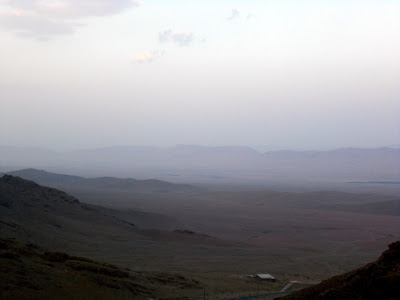
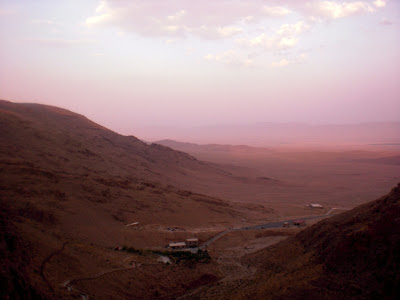
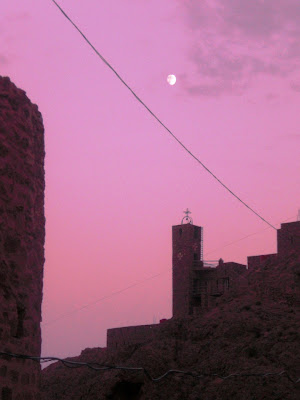
* All pictures by laelfa
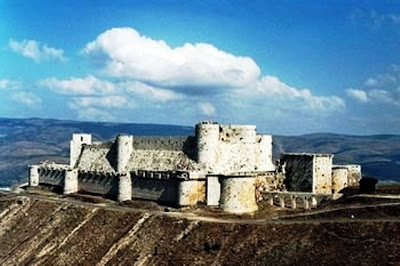

.jpg)

